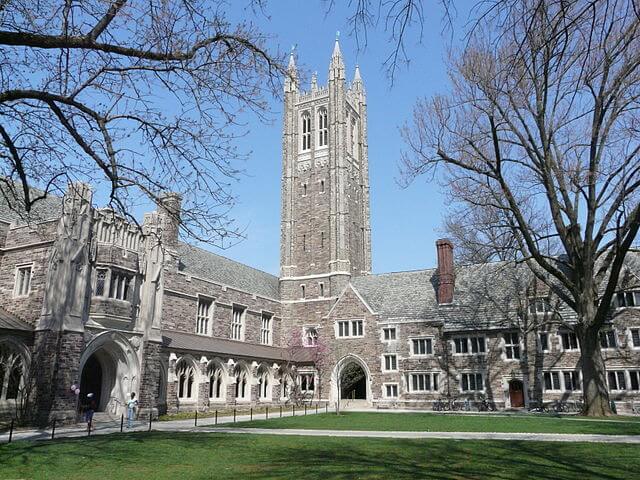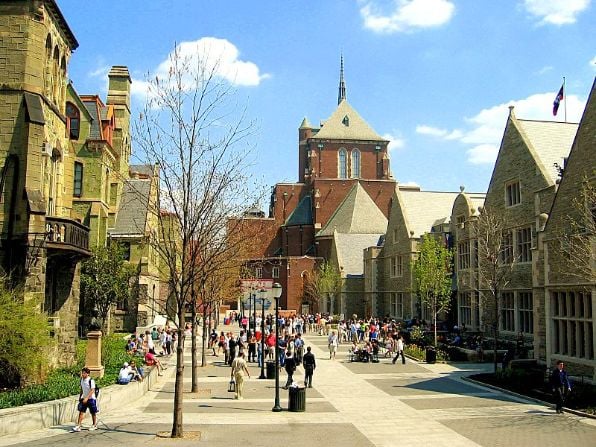The past few years have seen new record lows when it comes to Ivy League admission rates. In 2018 for example, Harvard University was at 4.59%. Yale was the only school that year that didn’t see a record low. And in 2021, the rates for admission are even lower.

Admission Rates Continue to Drop
It’s already difficult to get into an Ivy League school. With admission rates among these universities dropping, it is tougher than ever. Harvard is an excellent example: In 2020, the admission rate was 4.9%, a bit higher than it was in 2018. However, this year, it dropped 1.5% to 3.4%, a new record low. Columbia also saw a record low dropping from 6.1% to 3.7%.
Aside from Cornell, which didn’t release their number of applicants, the admission rates at other Ivies are currently (as of June 2021):
- Princeton – 4%
- Yale – 4.6%
- Brown – 5.4%
- University of Pennsylvania – 5.7%
- Dartmouth 6.2%
These numbers include all types of applications, including regular decision, early action, and early decision. The acceptance rate across all eight schools was also a record low of 6.78%.
Why Are Admission Rates Dropping?
The major reason behind the drop in admission rates is the sheer number of applications the Ivy League schools have received. Even before the pandemic, these universities were generally not increasing class sizes. With more applications received and no increase in class size, it’s natural that admission rates would drop.
However, in 2021, the pandemic is most likely playing a role in this drop in admission rates and an increase in applications. High school seniors had to take their classes online and missed out on a lot of extracurricular activities, but schools are understanding of this. ACT and SAT scores have also been postponed for the Class of 2025. As a result, many students took a chance and applied to their dream schools.
Columbia, for example, saw over 50% more applications this year while Harvard saw a 42% increase in regular decision applications. Yale had an increase of 38% year over year and Princeton, 15% year over year. The schools saw so many applications that many of the Ivy League schools actually agreed to postpone the joint decision release date.

Early Action and Early Decision Rates Differ
Students already had to do a lot to stand out among the crowd in their applications to Ivy League schools and it does seem like the competition is only getting tougher. One takeaway though that could improve a student’s chances of getting accepted? Early action and early decision students actually generally saw higher acceptance rates.
Dartmouth, for example, had an average of 6.2% acceptance rate. However, upon closer inspection, the numbers tell an interesting story. Although only 4.6% of regular decision student applications resulted in an acceptance letter, 21.2% of early decision applicants were actually accepted.
Acceptance from early decision and early action applications aren’t guaranteed, of course. Princeton actually canceled their early action for the Class of 2025, but it could increase a student’s chances of receiving that coveted acceptance letter from an Ivy League school if they have their heart set on attending that particular university.
- Curious about your acceptance odds at any of the Ivy League schools? Check out your personalized rates with a free College Raptor account!


